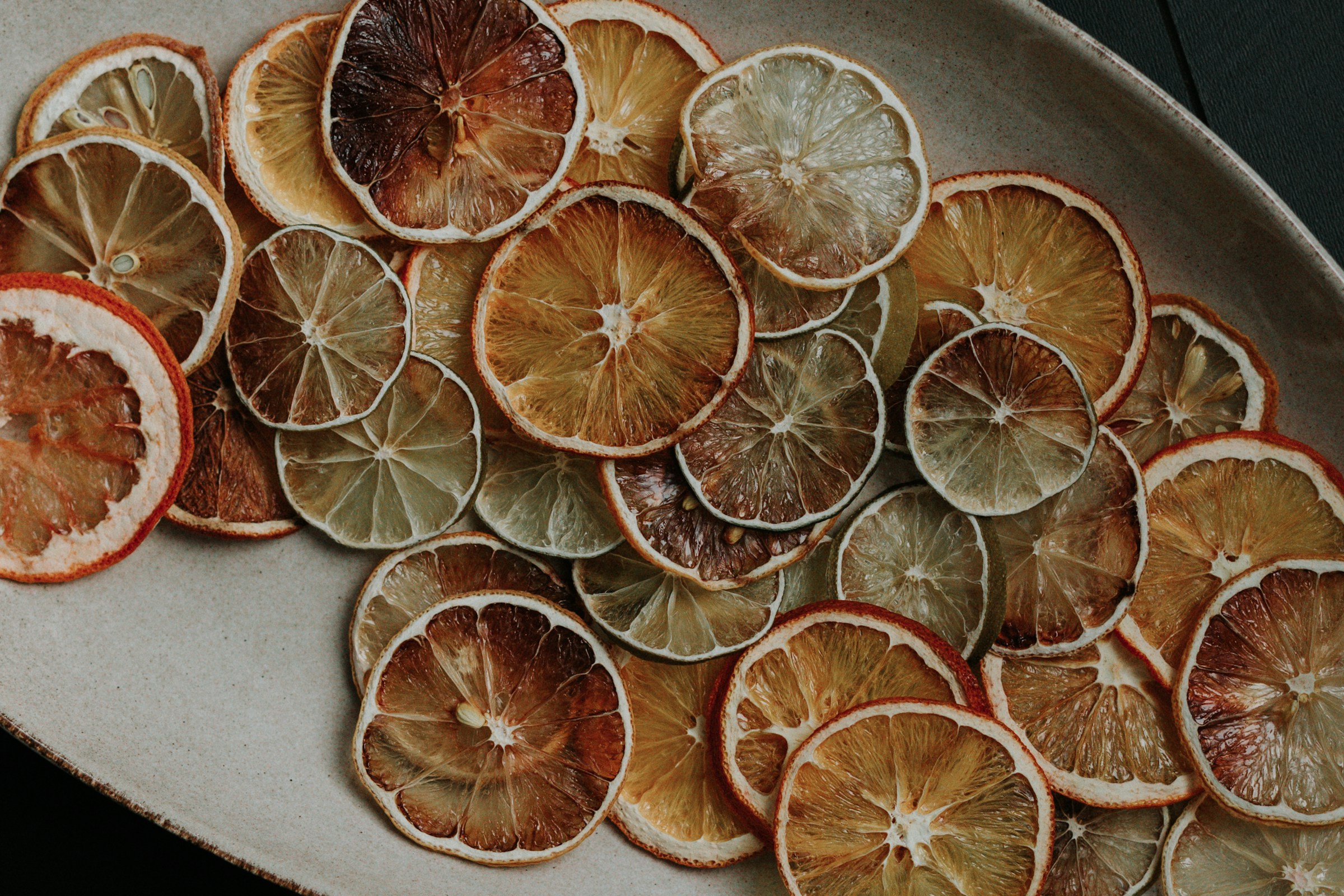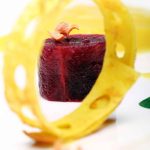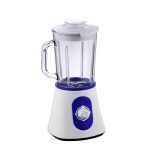The Ultimate Guide to Selecting a Food Dehydrator That Locks in Flavor and Nutrients
When it comes to preserving food, few methods are as effective and nutritious as dehydrating. A food dehydrator is an essential tool for any home cook, backpacker, or health enthusiast looking to lock in the flavor and nutrients of their favorite foods. Here’s a comprehensive guide to help you choose the perfect food dehydrator for your needs.
Understanding the Importance of Food Dehydrators
Food dehydrators are more than just kitchen gadgets; they are versatile tools that can transform fresh foods into nutritious, long-lasting snacks and meals. Dehydrating removes the water content from food, preventing bacterial growth and preserving the nutritional value of the ingredients.
Also to discover : Discover the benefits of ube latte: a healthy, vibrant superfood beverage
"Dehydration is the best way to preserve the essence of raw fruits and vegetables. Raw foods are high in nutritional value because no nutrients have been lost by the heat of cooking," notes the Excalibur Food Dehydration Guide.
Key Features to Consider When Choosing a Food Dehydrator
Selecting the right food dehydrator involves several key considerations. Here are some of the most important features to look for:
Also read : Ultimate Guide to Choosing the Perfect Vacuum Sealing Food Storage Bags for Maximum Freshness
Primary Use
What will you primarily be dehydrating? Some dehydrators are designed for specific tasks, such as making jerky or drying delicate herbs. Identify your primary use to choose a dehydrator that meets your needs.
Capacity
The capacity of the dehydrator is crucial. If you plan to dehydrate large quantities of food, a bigger dehydrator with more trays is essential. However, if you are dehydrating for a small family or individual, a smaller model might be more suitable.
Dimensions
Ensure the dehydrator fits comfortably in your kitchen or designated space. Measure the area where you plan to use the dehydrator and compare it with the manufacturer's dimensions.
Temperature Control
Accurate temperature control is vital for even drying and preserving nutrients. Look for dehydrators with a wide temperature range, typically from 95°F to 165°F, and digital controls for easy use.
Airflow Dynamics
The airflow in a dehydrator affects the drying quality. Horizontal airflow dehydrators are ideal for delicate items like fruits and herbs, while vertical airflow dehydrators are better for tougher foods like vegetables and meats.
Types of Food Dehydrators
Horizontal Airflow Dehydrators
These dehydrators distribute air evenly across all trays, ensuring consistent drying. They are perfect for delicate foods and are often recommended for preserving living enzymes.
"Excalibur uses the proper control of temperature and time. With the patented Parallex Horizontal-Airflow Drying System, you can control the temperature and airflow for fast and even drying," explains the Excalibur Food Dehydration Guide.
Vertical Airflow Dehydrators
These dehydrators stack trays vertically, saving space and making them ideal for larger quantities of food. They are often used for tougher foods like meats and thick vegetable slices.
Best Practices for Using Your Food Dehydrator
To get the most out of your food dehydrator, follow these best practices:
Pick the Right Produce
Choose in-season, locally grown fruits and vegetables for the best flavor and nutrition. Avoid produce with blemishes or damage, as it can dry unevenly and spoil.
Use Best Practices for Storage
Store dehydrated foods in airtight containers like Mason jars or Mylar bags. Consider investing in a vacuum sealer to remove air and prevent spoilage. Store dehydrated foods in a dark place with a steady temperature to maintain their shelf life.
Regularly Clean Your Dehydrator
Regular cleaning of the trays is essential to prevent food residue from building up. Ensure the dehydrator is dry before storing to avoid mold or bacteria growth.
Tips for Dehydrating Specific Foods
Dehydrating different types of foods requires different approaches. Here are some tips for common foods:
Fruits
- Fruit Leather: Blend fruits like strawberries, bananas, or peaches, and spread them onto Paraflexx sheets or plastic wrap. Dehydrate at 135°F until leathery.
- Dried Fruits: Use a honey dip or citrus juice dip to add flavor and prevent browning. Dehydrate at a lower temperature to preserve nutrients.
Vegetables
- Blanching: Blanch vegetables in steam or a solution of ascorbic acid to preserve color and nutrients before dehydrating.
- Dried Vegetable Bits: Dehydrate vegetables like carrots, zucchini, and bell peppers. These can be mixed with dried pasta and meats for a quick, nutritious meal.
Meats
- Jerky: Marinate meats in your favorite seasonings and dehydrate at a higher temperature (usually around 160°F) to ensure food safety.
- Dried Meat Mixes: Mix dried meats with powdered tomato and dried vegetable bits for a hearty, dehydrated meal.
Recommended Food Dehydrators
Here are some top recommendations based on different needs:
Excalibur 9-Tray Food Dehydrator 3900B
- Capacity: 9 large trays, ideal for big families or large-scale dehydrating.
- Temperature Control: Wide temperature range from 105°F to 165°F with digital controls.
- Airflow: Horizontal airflow for even drying.
- Material: Stainless steel trays for durability and ease of cleaning.
- Noise Level: Relatively quiet operation.
"I use and recommend the Excalibur 3900 B dehydrator for homesteaders who dehydrate on a large scale. It provides a quality product ideal for dehydrating a wide range of foods," says a homesteading expert.
Smaller Dehydrators for Home Use
For smaller kitchens or individual use, consider dehydrators with fewer trays but similar features. These are often more compact and energy-efficient.
Table: Comparing Key Features of Popular Food Dehydrators
| Dehydrator Model | Capacity (Trays) | Temperature Range | Airflow Dynamics | Material | Noise Level | Price Range |
|---|---|---|---|---|---|---|
| Excalibur 3900B | 9 | 105°F – 165°F | Horizontal | Stainless Steel | Quiet | $200 – $300 |
| Cosori CP267-FD | 6 | 95°F – 165°F | Vertical | BPA-Free Plastic | Moderate | $100 – $200 |
| NESCO FD-75A | 5 | 135°F – 155°F | Vertical | Plastic | Loud | $50 – $100 |
| Presto 06301 Dehydro | 4 | 135°F – 155°F | Vertical | Plastic | Moderate | $50 – $100 |
Practical Insights and Actionable Advice
Customizing Your Dehydrated Meals
For backpackers and outdoor enthusiasts, customizing your dehydrated meals can be a game-changer. "Choosing backpacking foods with protein and healthy fats can give you a boost on the trail. Protein helps your muscles recover, while fats provide sustained energy," advises Aaron Owens Mayhew, MS, RDN, CD.
Making Yogurt in a Food Dehydrator
While primarily used for drying foods, some dehydrators can also be used to make yogurt. "Use a food dehydrator set at 110°F to ferment your yogurt. This method ensures consistent results and preserves the nutritional value of the milk," explains a guide on making yogurt in a food dehydrator.
Choosing the right food dehydrator is a significant investment in your food preservation journey. By understanding the key features, types of dehydrators, and best practices, you can ensure that your dehydrated foods are not only delicious but also packed with nutrients.
"Dehydrating is a simple yet powerful way to preserve food. With the right dehydrator and a bit of practice, you can enjoy healthy, flavorful foods all year round," concludes a homesteading expert.
Whether you're a seasoned homesteader or just starting out, the right food dehydrator can make all the difference in your food preservation efforts. Happy dehydrating










